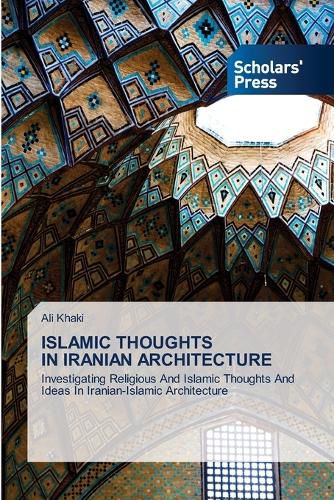Readings Newsletter
Become a Readings Member to make your shopping experience even easier.
Sign in or sign up for free!
You’re not far away from qualifying for FREE standard shipping within Australia
You’ve qualified for FREE standard shipping within Australia
The cart is loading…






Irans, with a history of several thousand years, has been home to large living complexes such as the Burnt City in Sistan and other similar large complexes, which are evidence that the history of architecture and urban living in this land dates back to ancient times. Although Iranian culture and worldview have undergone changes with the change of rulers, invasions, and migrations throughout different historical periods, and the remaining architectural remnants attest to these transformations, what is noteworthy is that none of these changes in Iran have been as influential as the cultural transformation that occurred with the arrival of Islam and the Arabs on Iranian architecture and urban planning. The historical background of the Arabs shows that they did not have such a shining background in architecture and urban planning. Therefore, the factor that led to these influences and changes in Iranian architecture and urban planning was Islam and its religious teachings. In fact, Islam prompted Iranian architects and urban planners to present arts that combined local elements with religious teachings and beliefs to the world.
$9.00 standard shipping within Australia
FREE standard shipping within Australia for orders over $100.00
Express & International shipping calculated at checkout
Irans, with a history of several thousand years, has been home to large living complexes such as the Burnt City in Sistan and other similar large complexes, which are evidence that the history of architecture and urban living in this land dates back to ancient times. Although Iranian culture and worldview have undergone changes with the change of rulers, invasions, and migrations throughout different historical periods, and the remaining architectural remnants attest to these transformations, what is noteworthy is that none of these changes in Iran have been as influential as the cultural transformation that occurred with the arrival of Islam and the Arabs on Iranian architecture and urban planning. The historical background of the Arabs shows that they did not have such a shining background in architecture and urban planning. Therefore, the factor that led to these influences and changes in Iranian architecture and urban planning was Islam and its religious teachings. In fact, Islam prompted Iranian architects and urban planners to present arts that combined local elements with religious teachings and beliefs to the world.